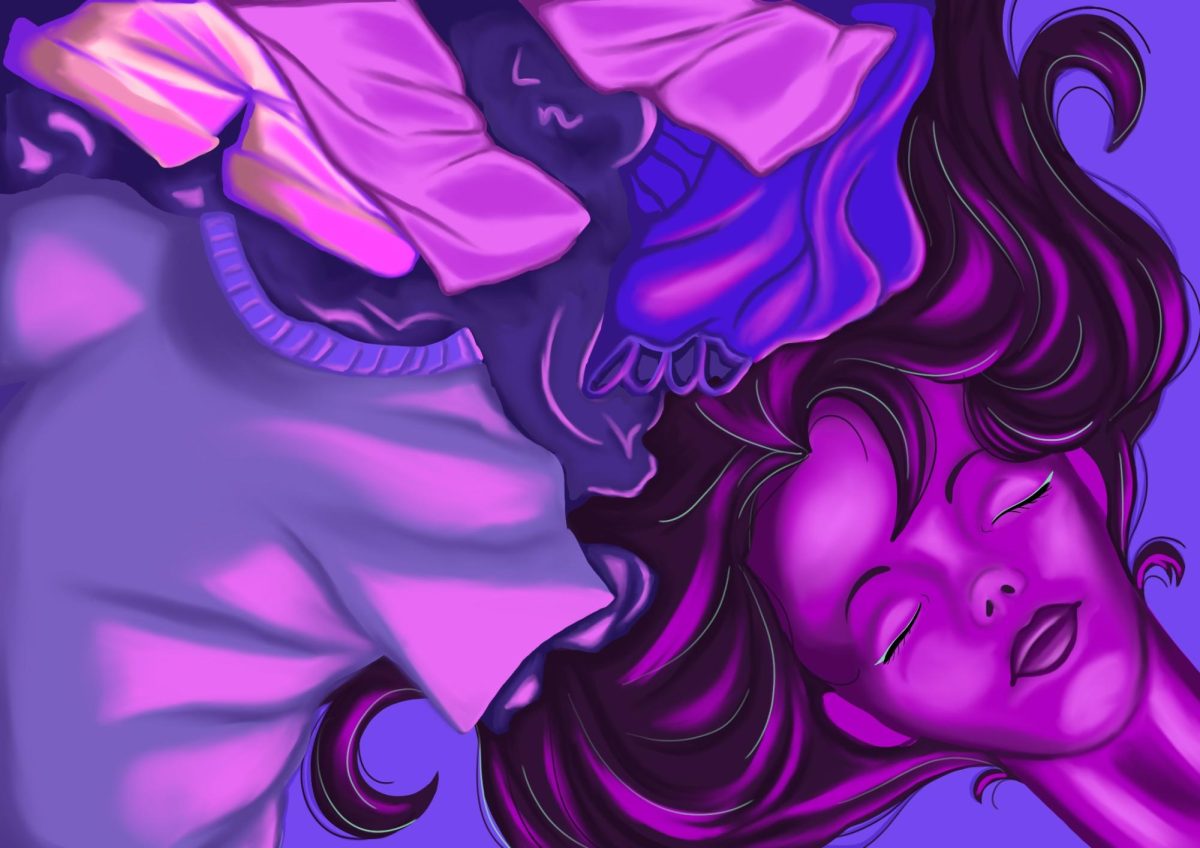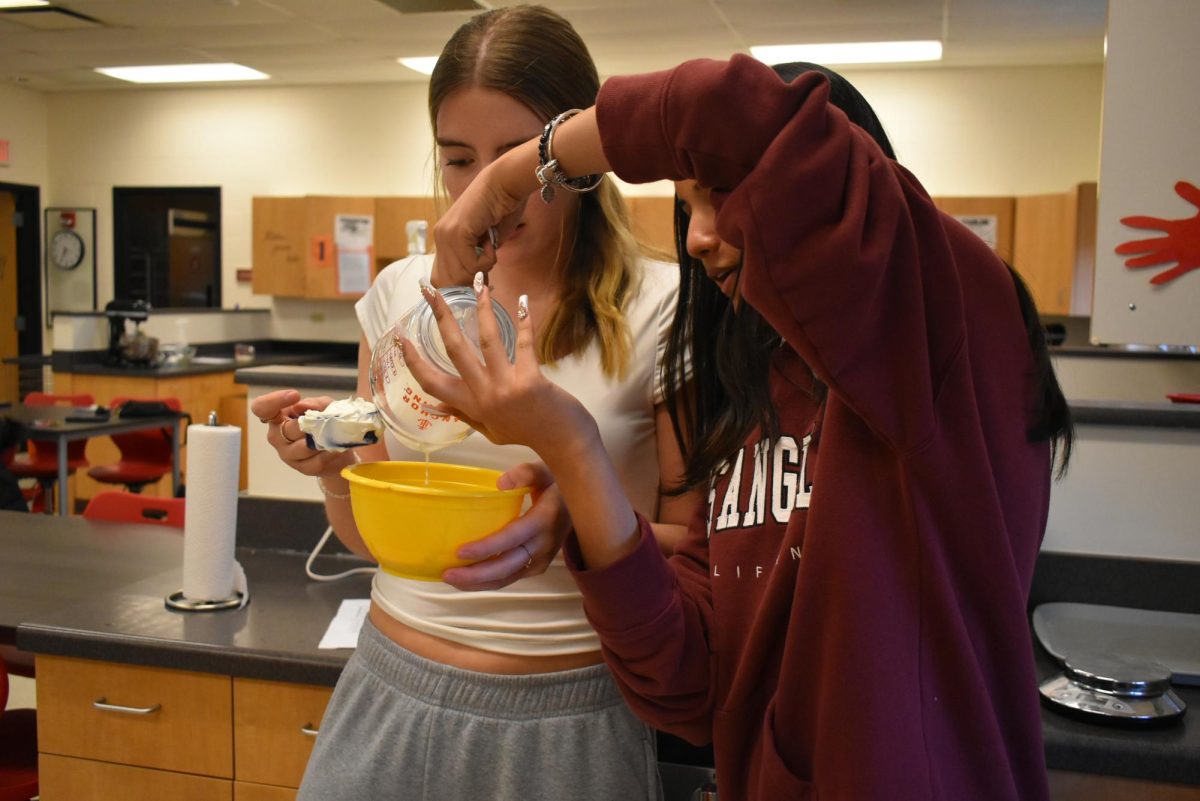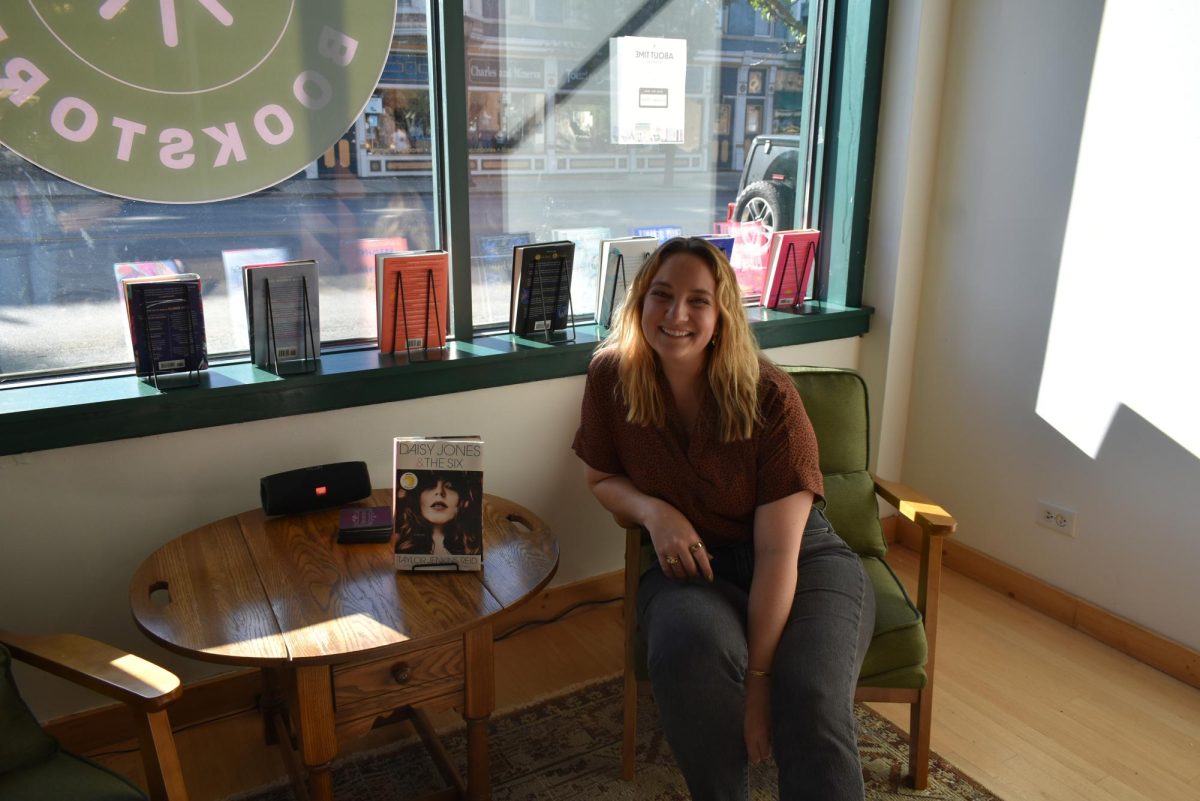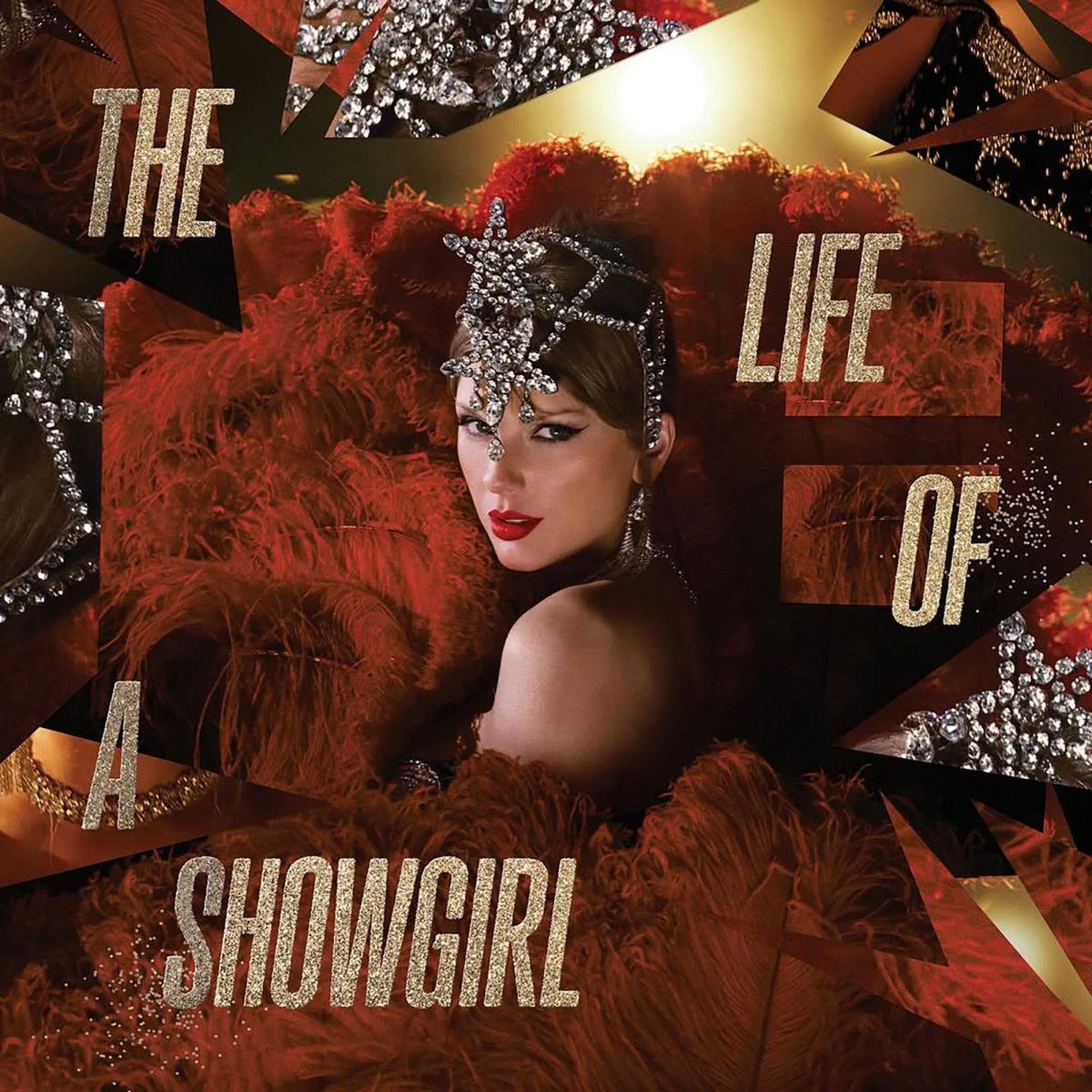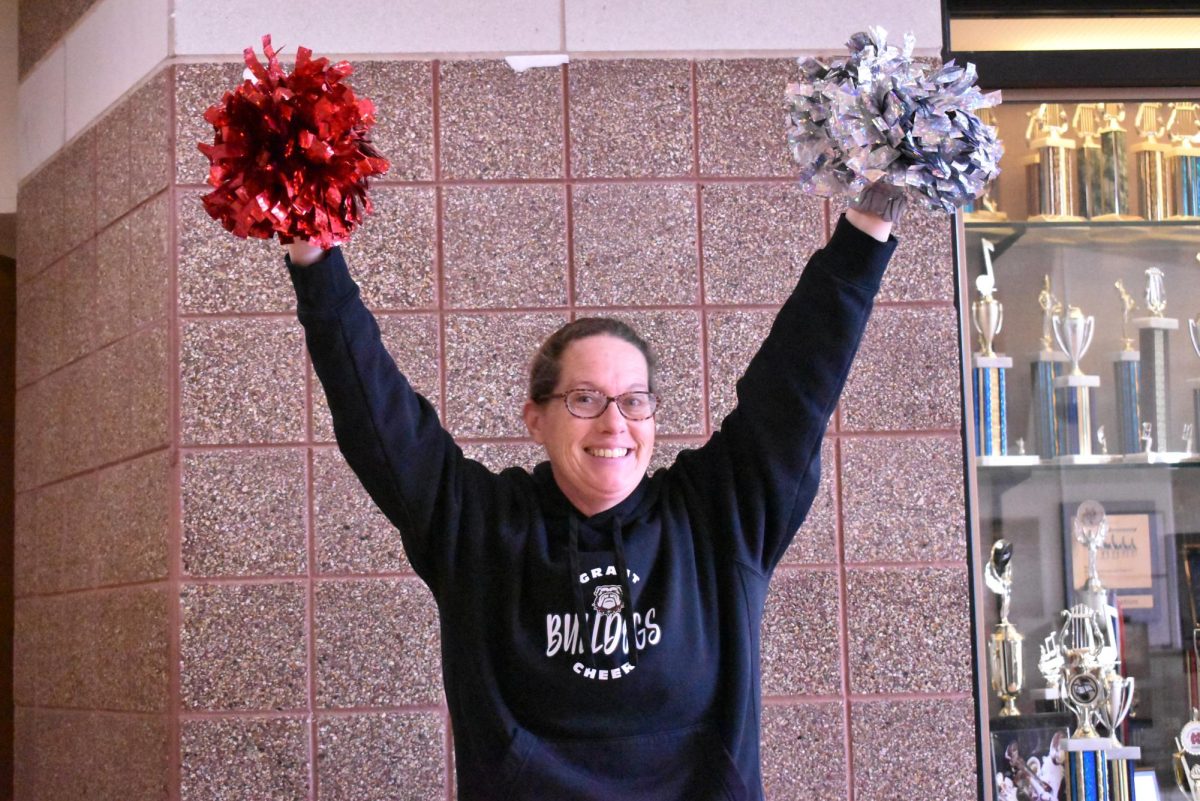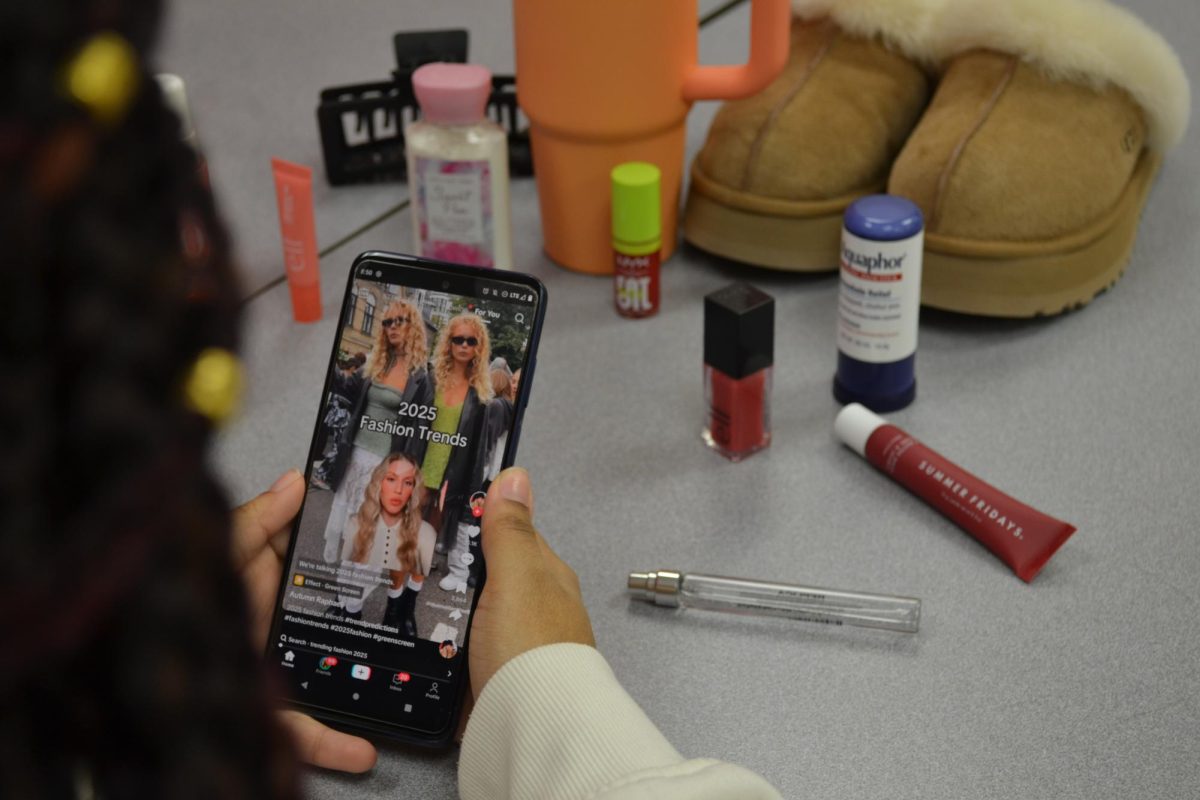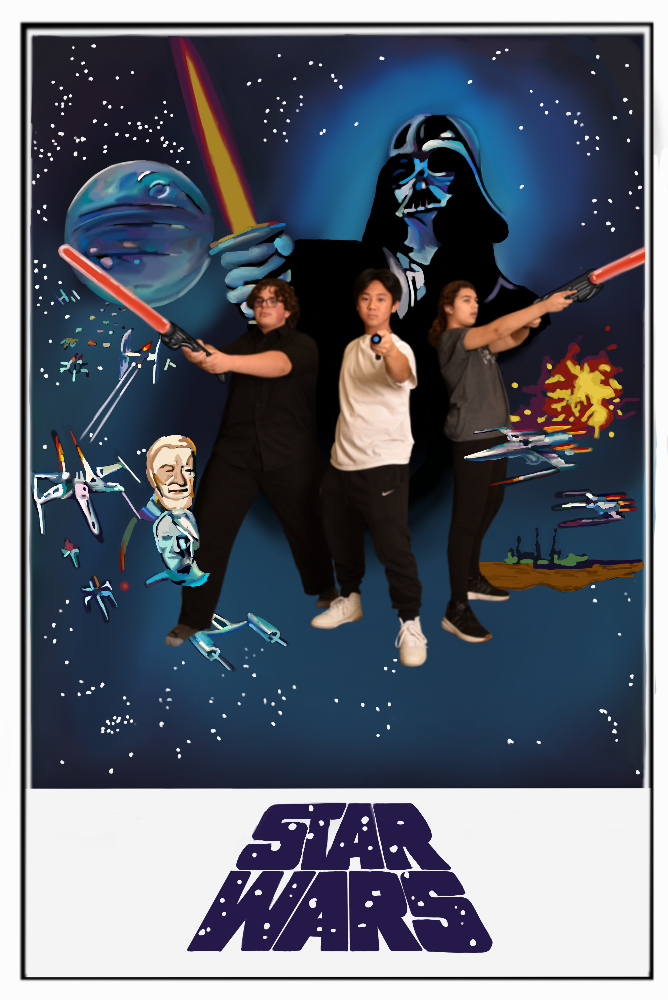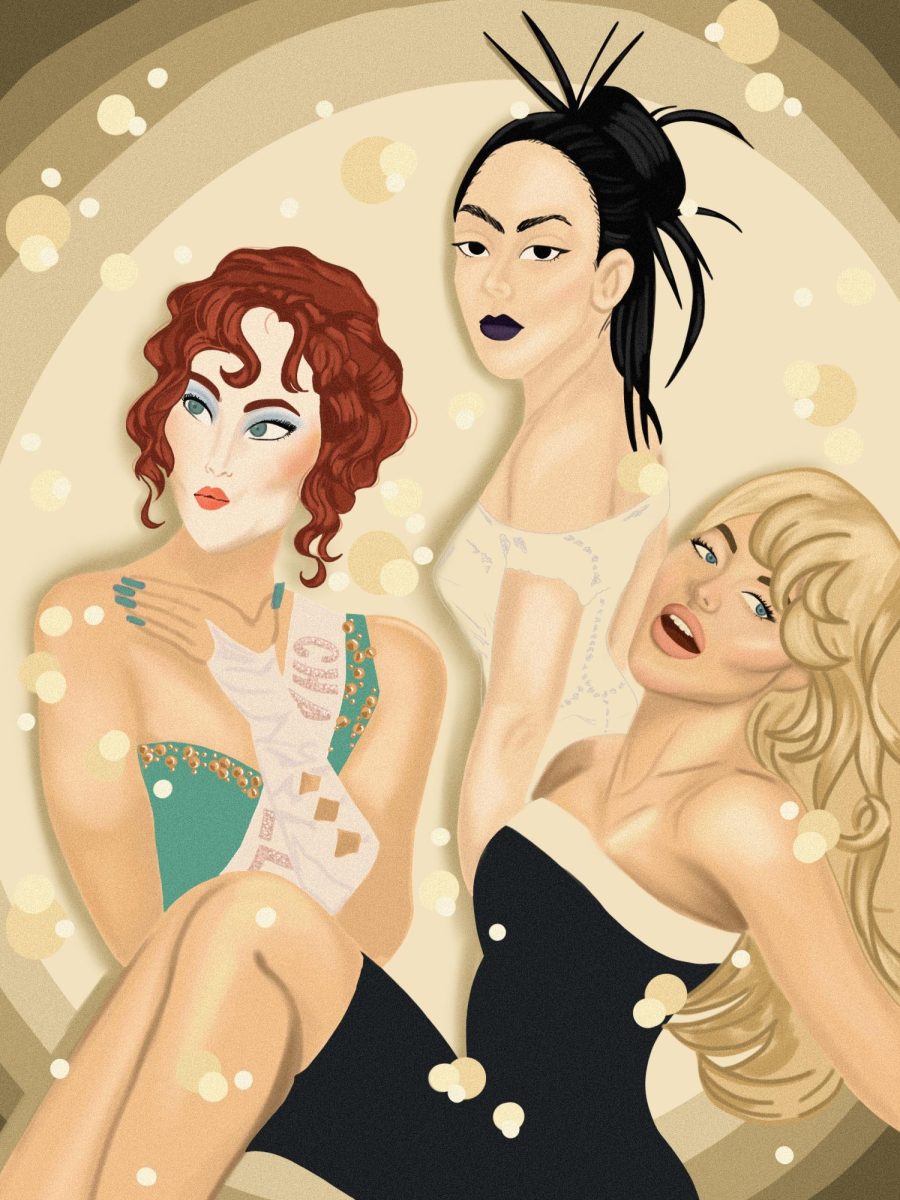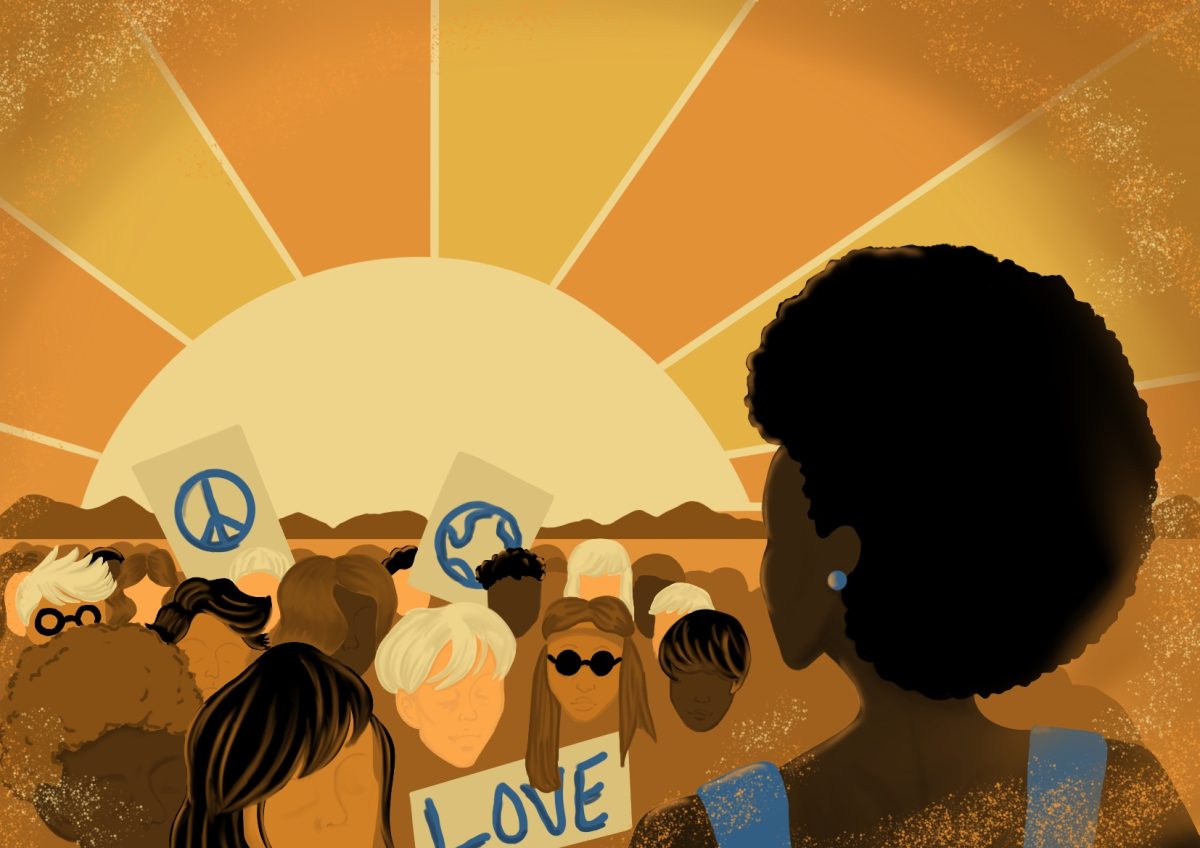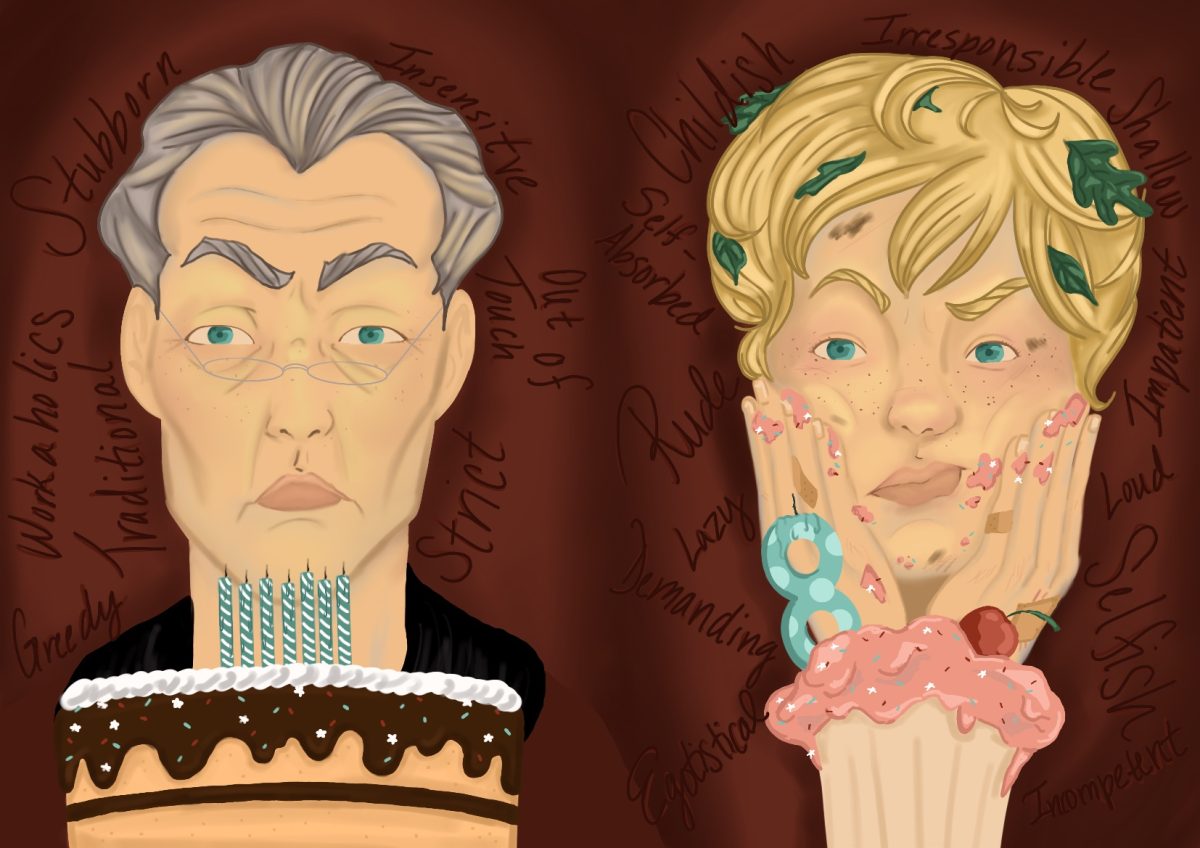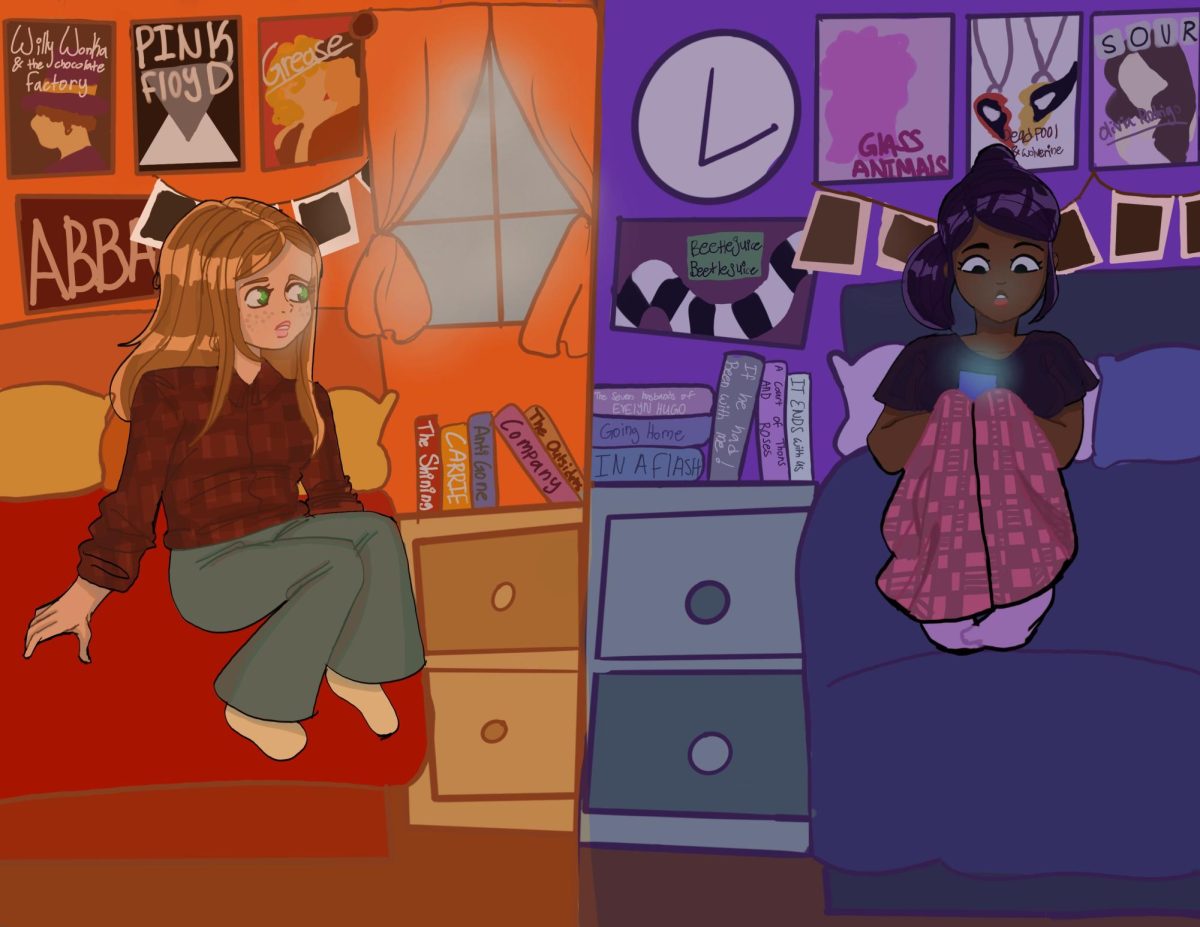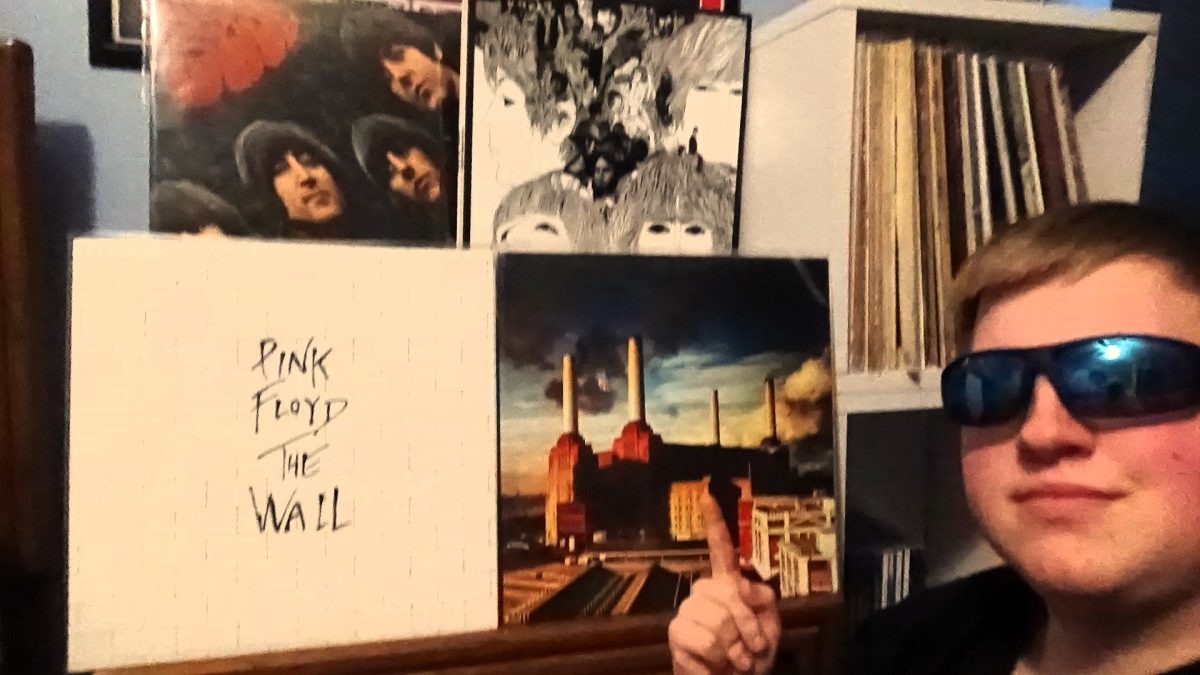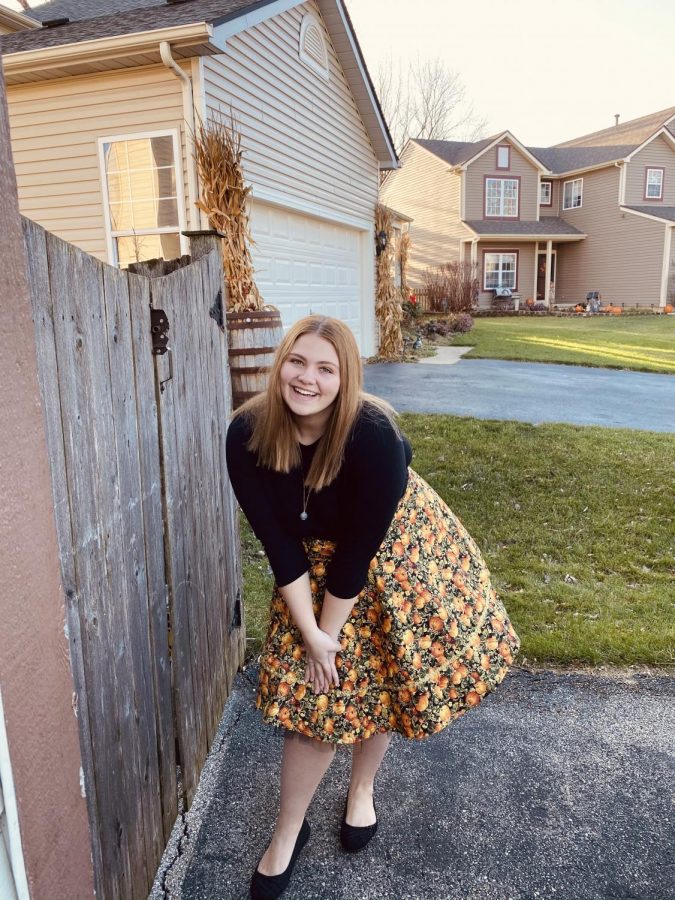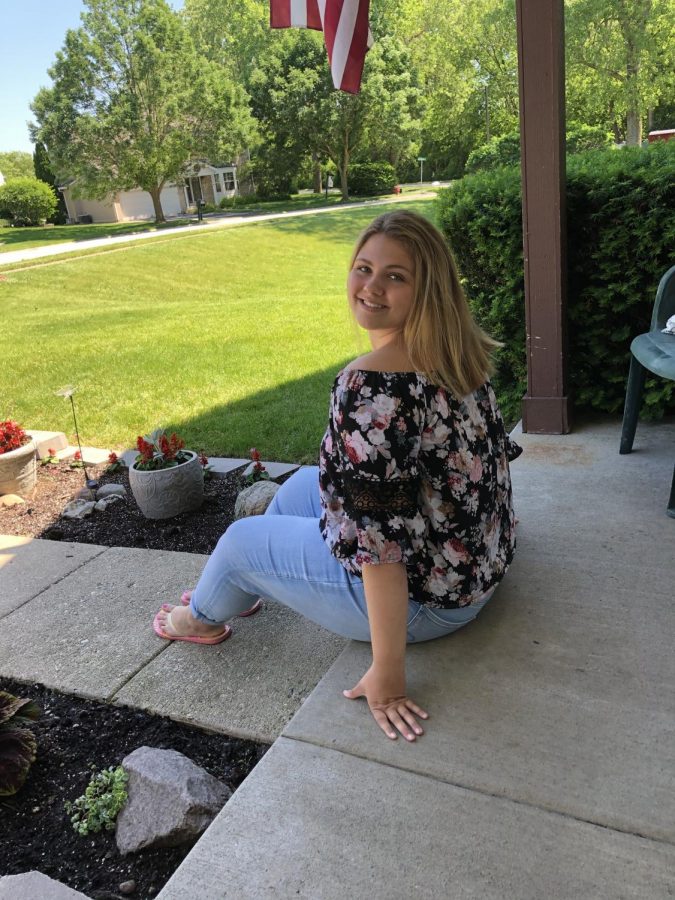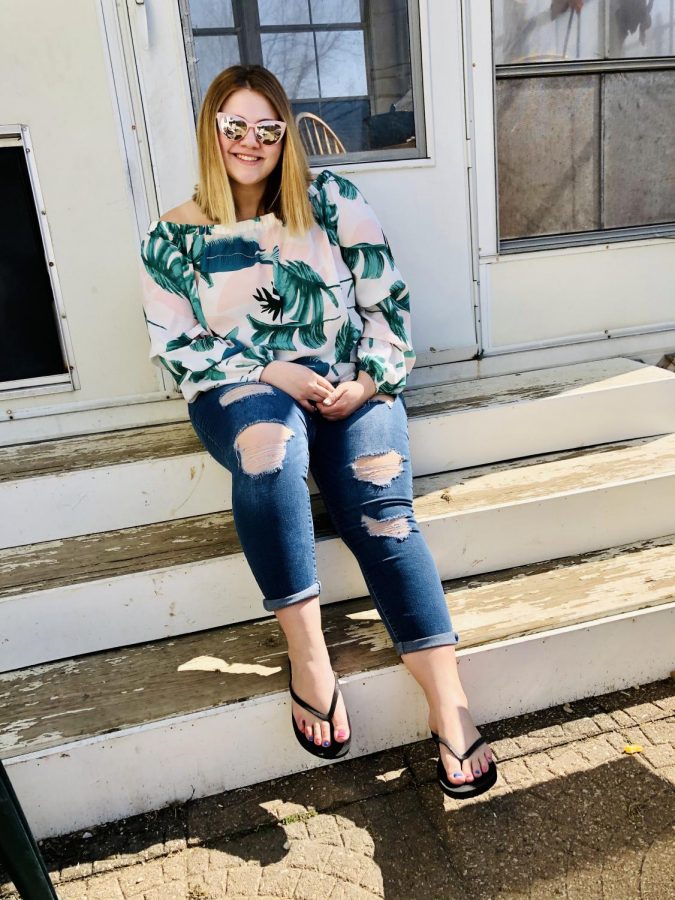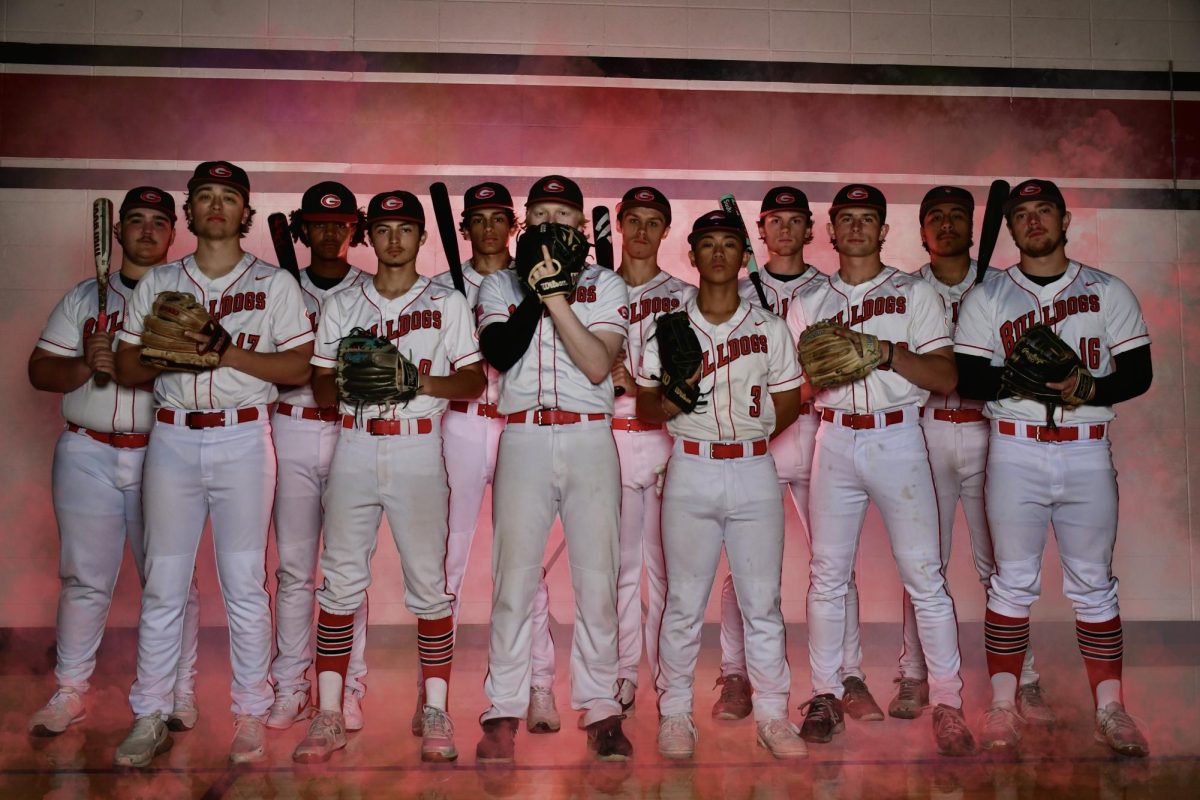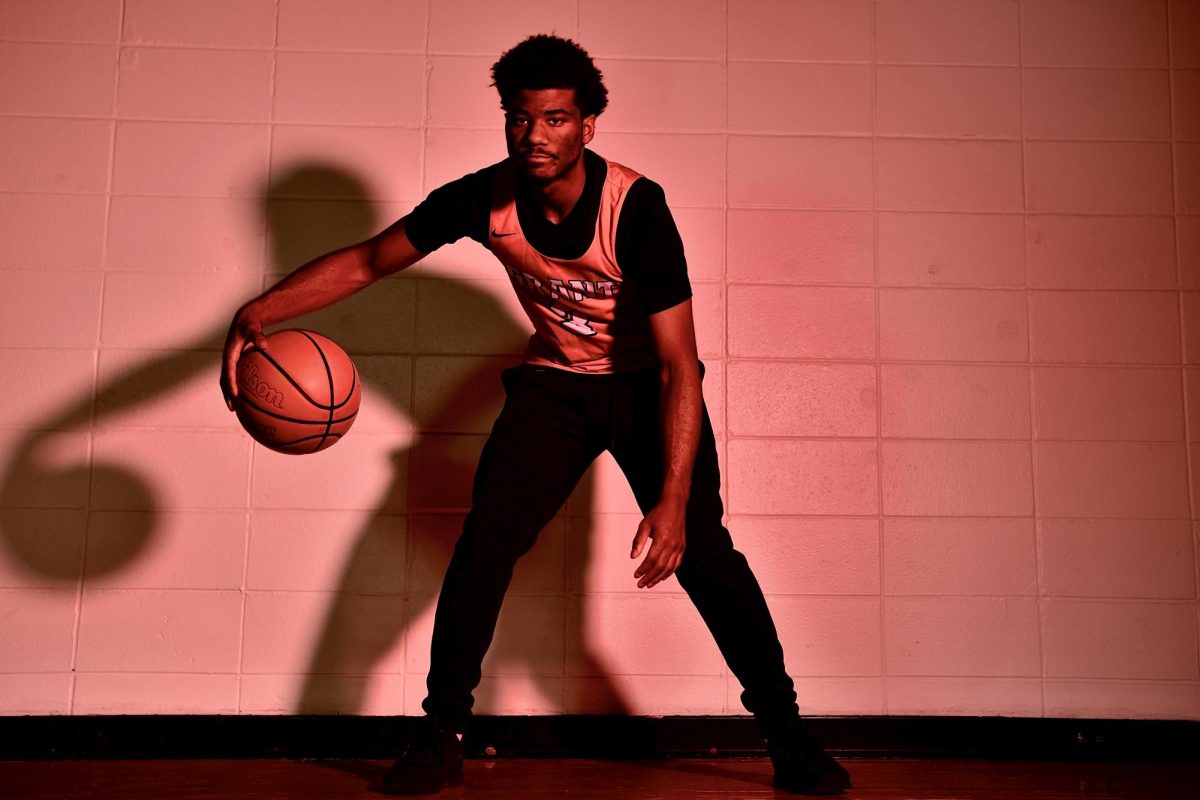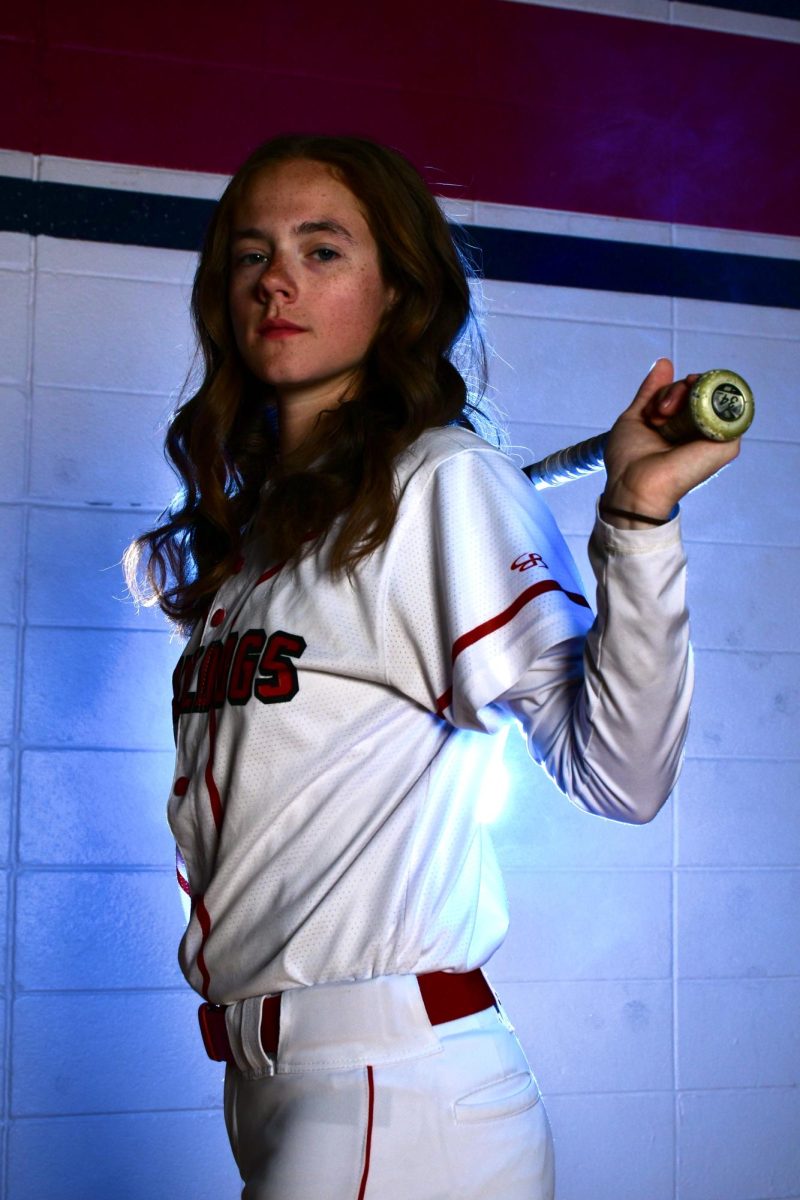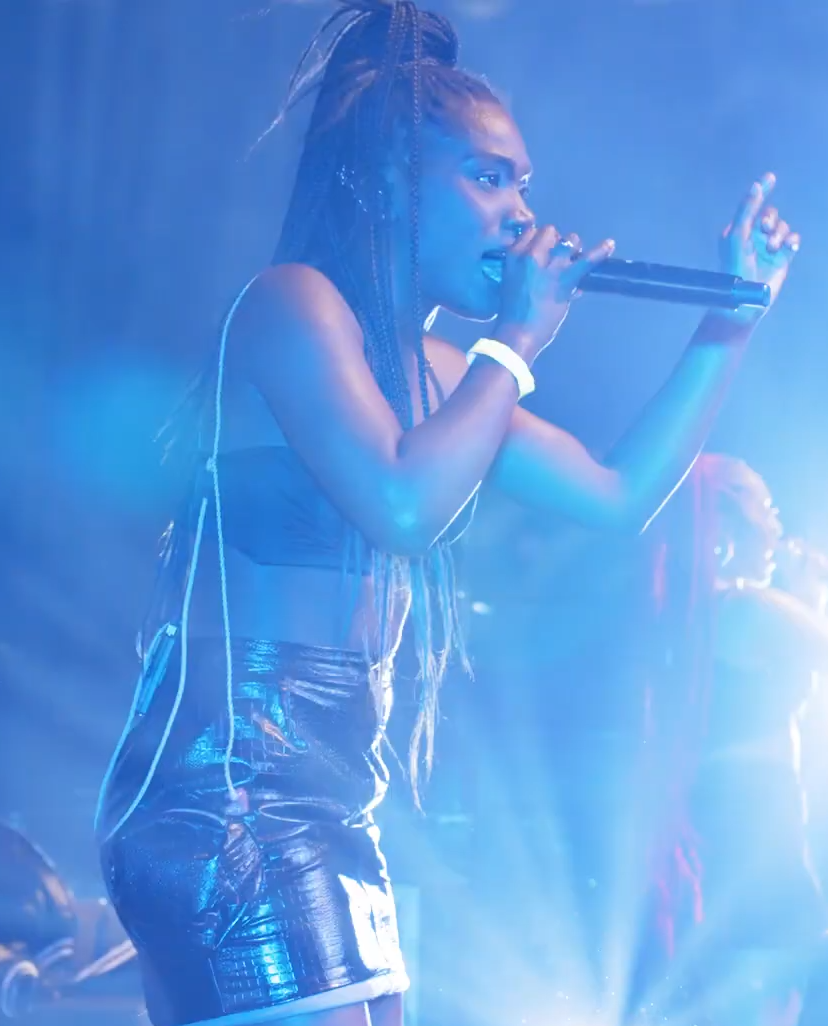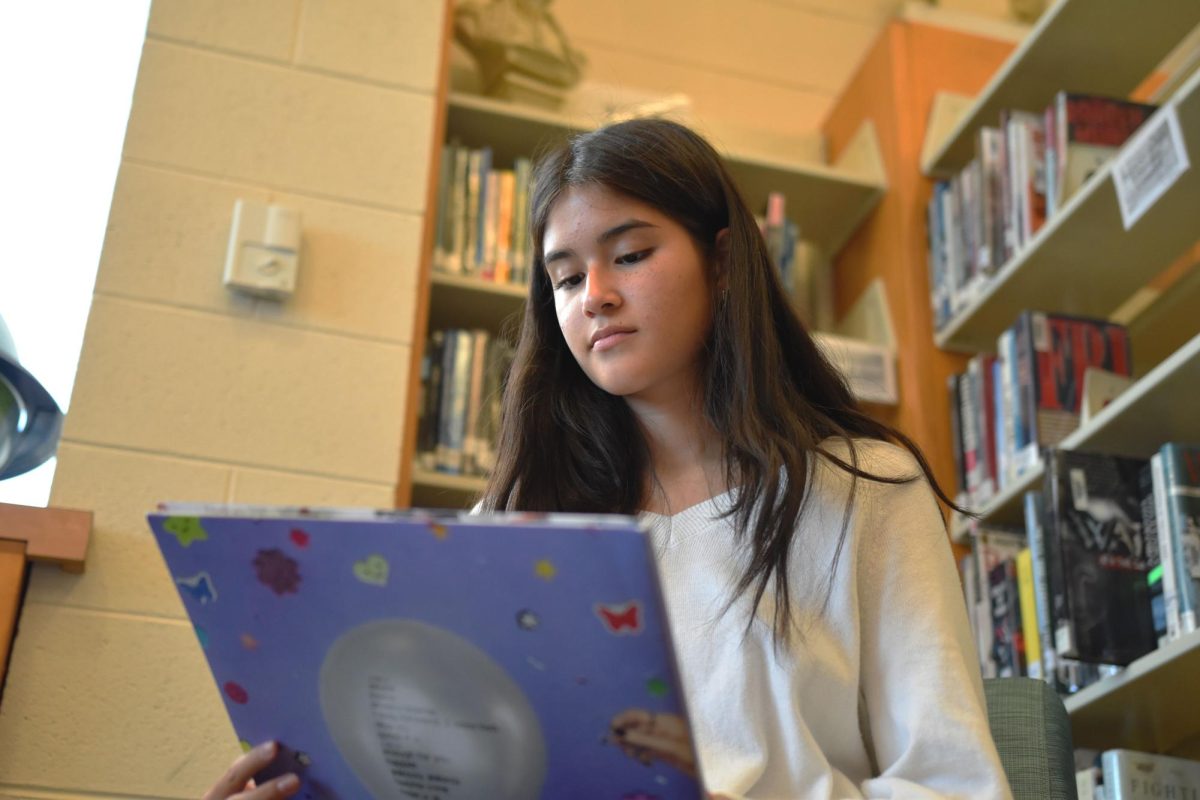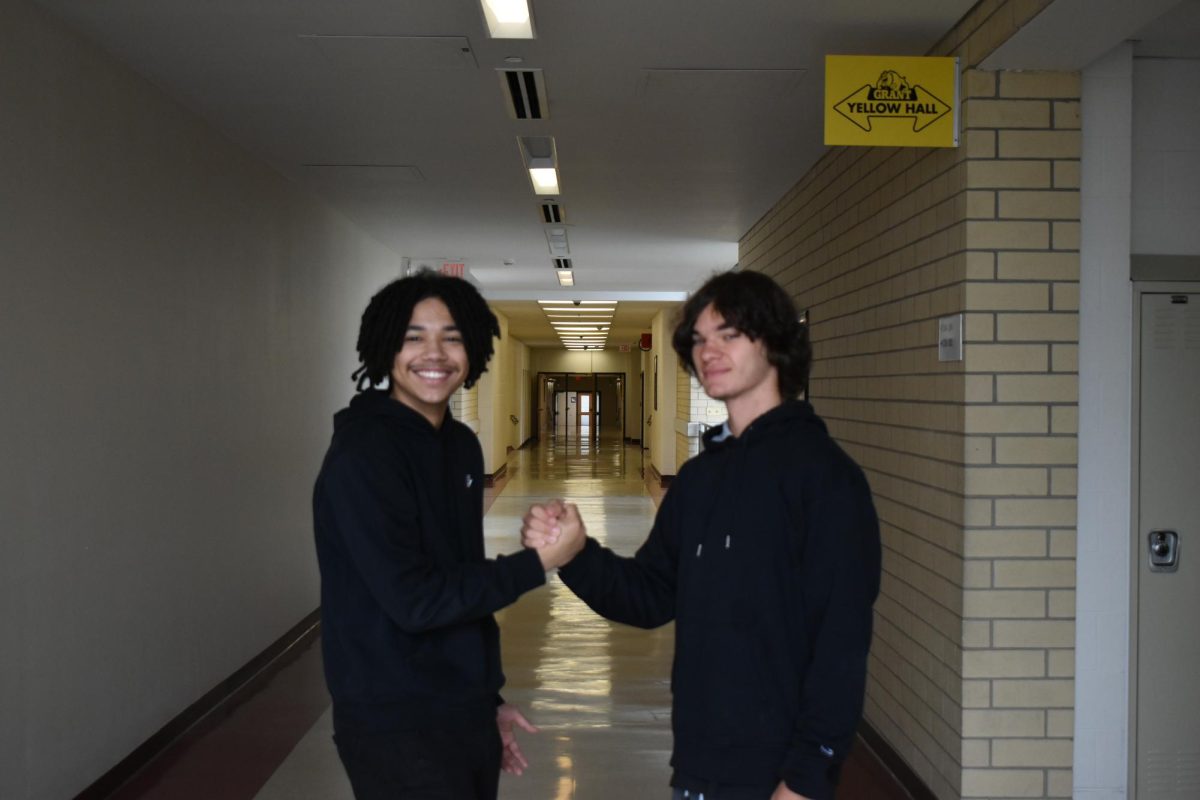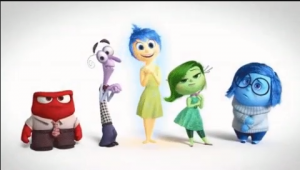Color Coding our Emotions
Have you ever wondered why blue makes you feel sad, and red makes you feel angry? Color Psychology has been studied for thousands of years. These studies show how color affects the way we all process different items.
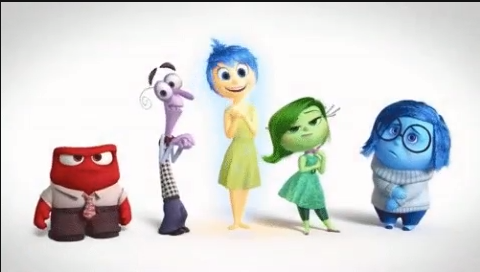
December 17, 2019
![]() Loading ...
Loading ...
There are many stereotypical color associations: red to anger, orange causing excitement, yellow to happiness, green is serenity, blue to sadness, and purple signifies importance. However, these feelings do vary slightly from person to person. Even though there are common feelings, an individual’s age, gender and environment may also cause these variations.
Your brain processes the different colors that you see in the ventral occipital lobe, a part of the visual system in the brain. From there, the limbic system and the amygdala will process the colors and the emotions you get from them. But, because everybody processes color differently, not much can be studied.
Although, 14 years ago, in Japan, prefectural police set up neighborhoods that were illuminated with blue light, which resulted in a 9% crime decrease within the year. Another study found that when blue light is placed at the end of a tunnel, suicide rates declined 74% due to the fact that blue light reduces blood pressure and creates a sense of peace.
Colors have been used in many ways, including marketing. But the earliest sign of color psychology use is when ancient cultures, such as the Chinese and the Egyptians, used color as a form of therapy/healing. Chromotherapy is an alternative healing process that uses colored lights to heal an individual. Red was thought to improve circulation, yellow was used to stimulate nerves and orange helped to improve lung health. Meanwhile, blue soothed pain and purple helped to alleviate skin issues.
Currently, color is used heavily in marketing. The color of a brand’s logo can increase or decrease their chances of being bought, and even though most consumers are unaware, they rely heavily on color.
For example, McDonald’s, Burger King, Wendy’s, Popeyes, Hardes and Pizza Hut are just a few of the well-known restaurants that have logos with the colors red and yellow. This color combination is so popular within fast-food chains is because both are warm colors. Warm colors increase heart rate, while red simultaneously makes a person hungry. The color combination makes a person hungrier, and more inclined to stop at that restaurant.
Color Association Psychology affects a person’s daily life and influences almost every decision. Because of the stereotypical associations with colors, particular items can cause stress and relief within a person. Some colors cause a person’s heart rate to accelerate or delay, the color of light and the color an item can reflect can quite possibly be the line of life and death.

